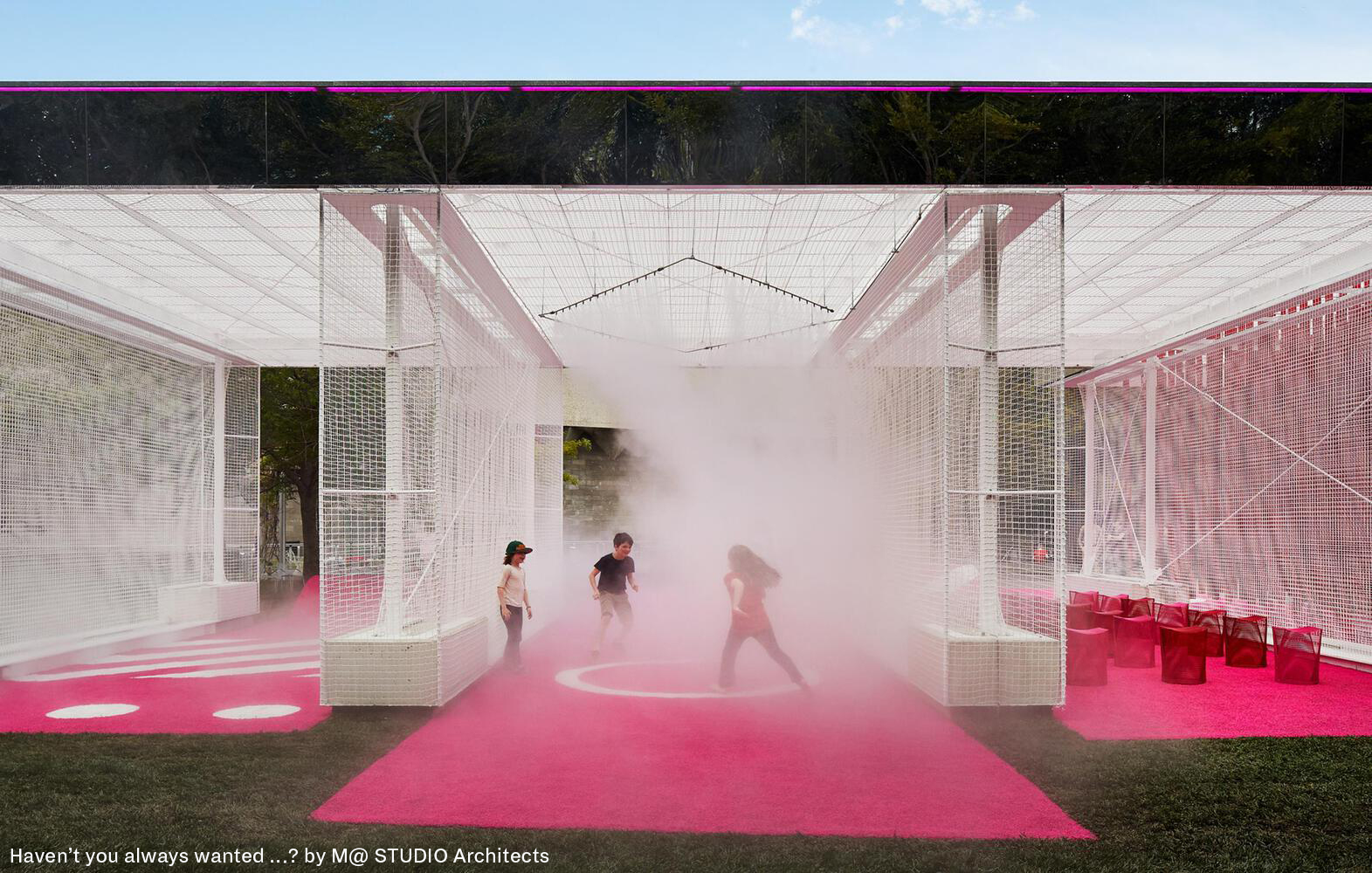MULTI-SENSORY DESIGN
21-08-2024Researchers in the realm of environmental psychology have long emphasised the profound impact of sensory features within the built environment. The influential modernist architect Le Corbusier (1948) famously asserted that architectural forms “work physiologically upon our senses.”
Since the late 1990s, there has been a notable surge in publications dedicated to rehabilitating the sensory experience within built environments. Notably, Joy Malnar and Frank Vodvarka’s seminal work “Sensory Design” (2004) and Juhani Pallasmaa’s influential book “The Eyes of the Skin” (2005) have contributed significantly to this discourse. In 2002, Charles Spence conducted research in response to concerns about technology and modernization, culminating in “The ICI Report on the Secret of Our Senses.” Spence highlighted the shift from an outdoor, physically engaging lifestyle to an indoor, sedentary one, underscoring the importance of a balanced sensory diet for overall well-being. Spence went on to write Senses of place: architectural design for the multisensory mind (2020), which provides a summary of the role of the human senses in architectural design practice.
The impact of sensory qualities on health and well-being has been recognised across various environments, from hospitals and homes to offices and gyms (Spence, 2002, 2003, 2021; Spence & Keller, 2019). There is a growing acknowledgment of the significance of non-visual senses in design across disciplines (Haverkamp, 2014; Lupton & Lipps, 2018; Malnar & Vodvarka, 2004). Pallasmaa (2000, p. 78) echoes this sentiment, emphasising that “Every significant experience of architecture is multi-sensory; qualities of matter, space and scale are measured by the eye, ear, nose, skin, tongue, skeleton and muscle.” Pallasmaa also goes on to explain that all the senses are related to each other. By designing to orchestrate the senses, users can experience their spaces, feel represented in them, and gain a sense of intimacy and belonging (2011).
This growing body of research about sensory design emphasis’s the significance of incorporating all senses in architectural and environmental design. By recognising and including the various sensory experiences involved in human perception, we can develop spaces that not only look good but also promote the overall well-being of the people who use them.
